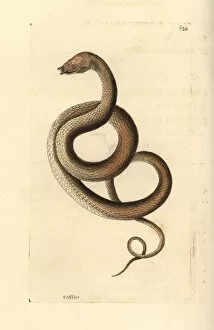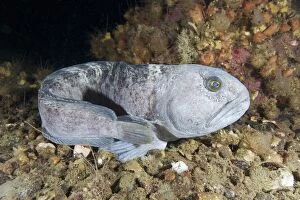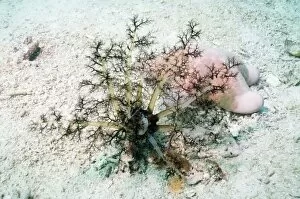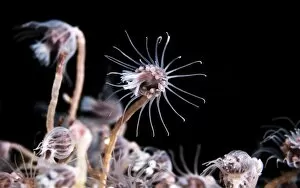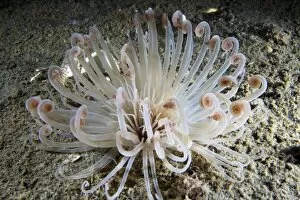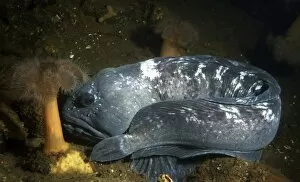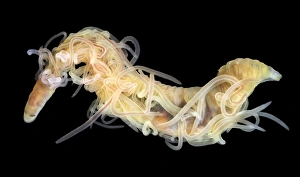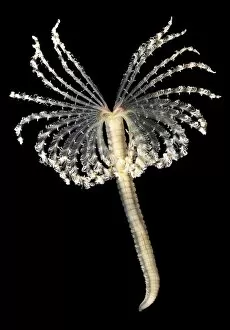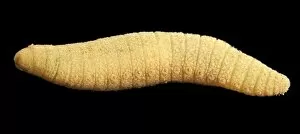Tentacled Collection
"Startling Stories - The Gods Hate Kansas: Exploring the Enigmatic World Wonders" In a realm where reality and imagination collide
All Professionally Made to Order for Quick Shipping
"Startling Stories - The Gods Hate Kansas: Exploring the Enigmatic World Wonders" In a realm where reality and imagination collide, tentacled creatures emerge to captivate our senses. From the depths of literature like "Startling Stories - The Gods Hate Kansas" to the mesmerizing beauty of nature's creations, such as the tentacled snake (Erpeton tentaculatum), these beings hold an undeniable allure. Picture No. 11676216 reveals a fascinating sight: Hydra budding under the watchful eye of scanning electron microscopy (SEM). Each delicate tendril sprouting from their bodies hints at their remarkable regenerative abilities. Picture No. 11676214 showcases another glimpse into this world, with Erpeton tentaculatum gracefully gliding through water, its serpentine body adorned with unique appendages that resemble tiny tentacles. Delving deeper into microscopic wonders, Picture No. 11676213 unveils a captivating image of Hydra under SEM once again – intricate structures that seem otherworldly in their complexity. These minuscule organisms possess an astonishing ability to regenerate and adapt to various environments. But it is not only in aquatic realms that we find these enigmatic creatures; even within Atlantic waters lies another intriguing specimen – the Atlantic wolffish (C015 / 7553). With its elongated body and distinctive fringed fins resembling elegant tendrils, it stands as a testament to nature's boundless creativity. Returning to microcosms yet again, we encounter Green hydra in light micrographs C014 / 4680 and C014 / 4681. Their vibrant hue contrasts against their surroundings as they sway gently in unseen currents – ethereal beings inviting us into their mysterious domain. Tentacled wonders continue to astound us with their diversity and beauty across different dimensions – whether found within gripping tales or observed through scientific lenses.


